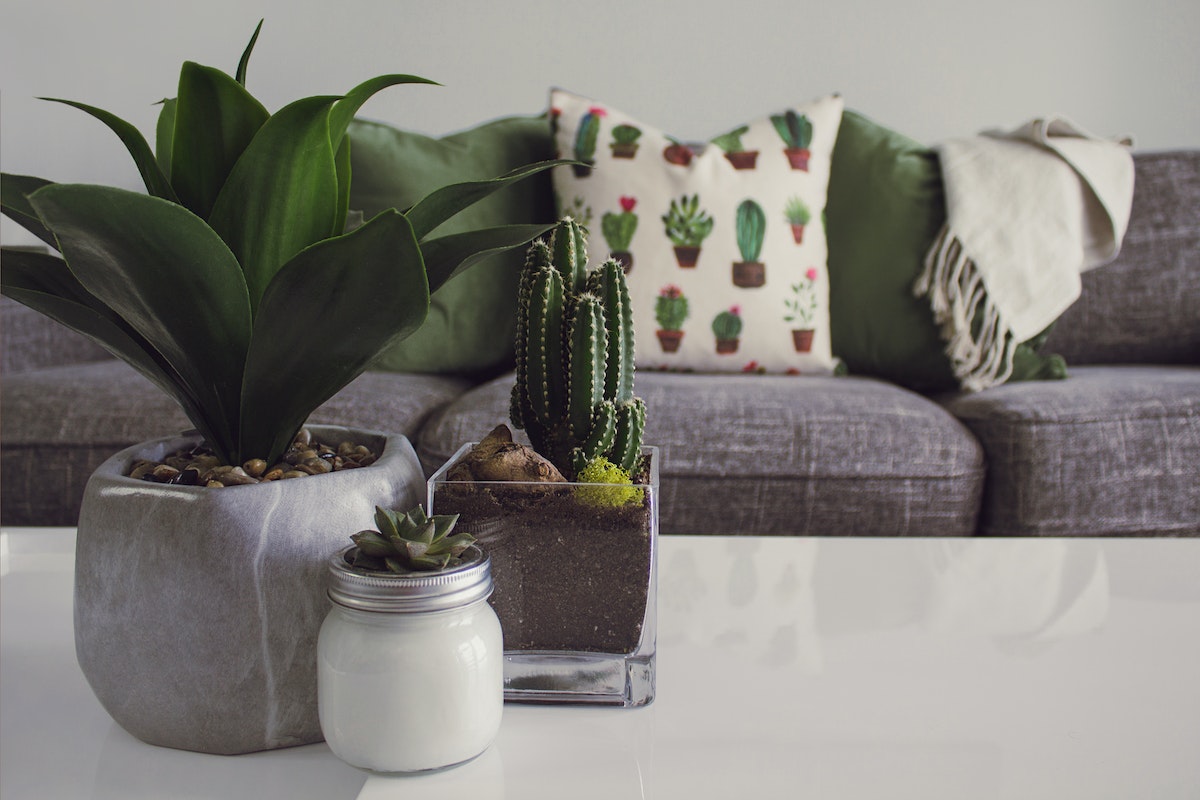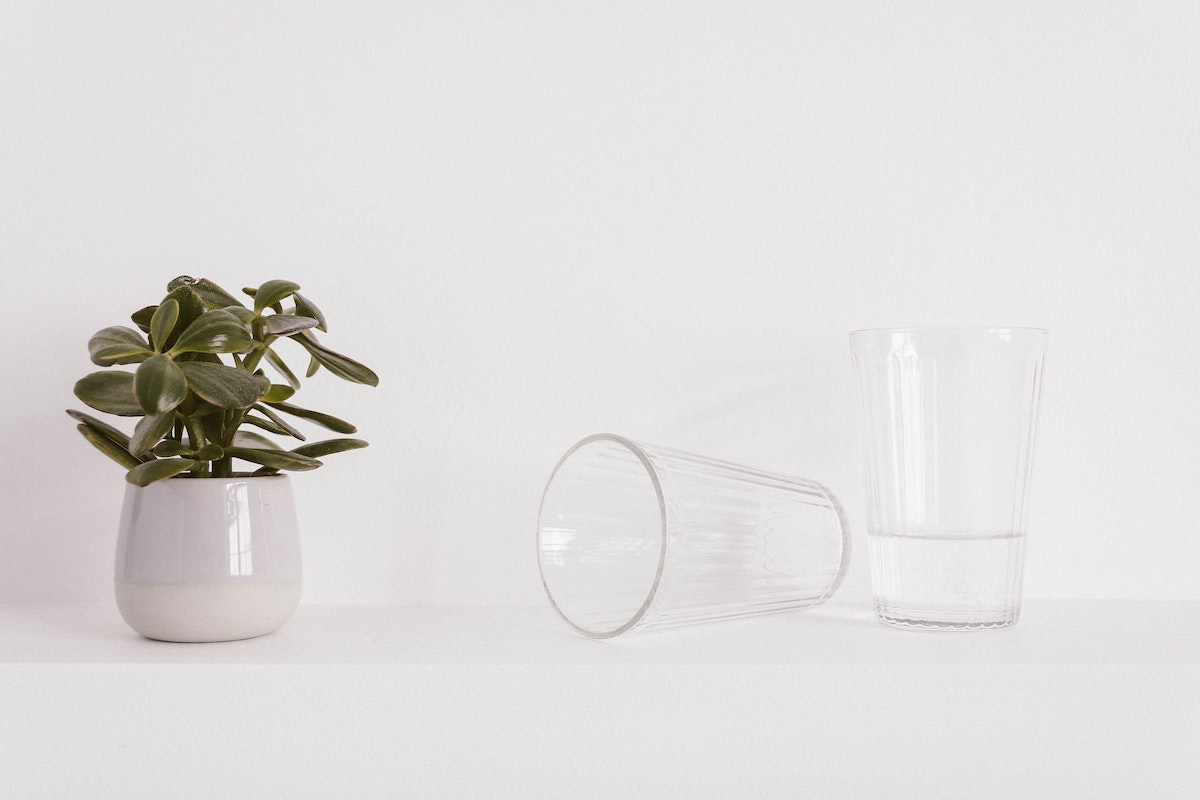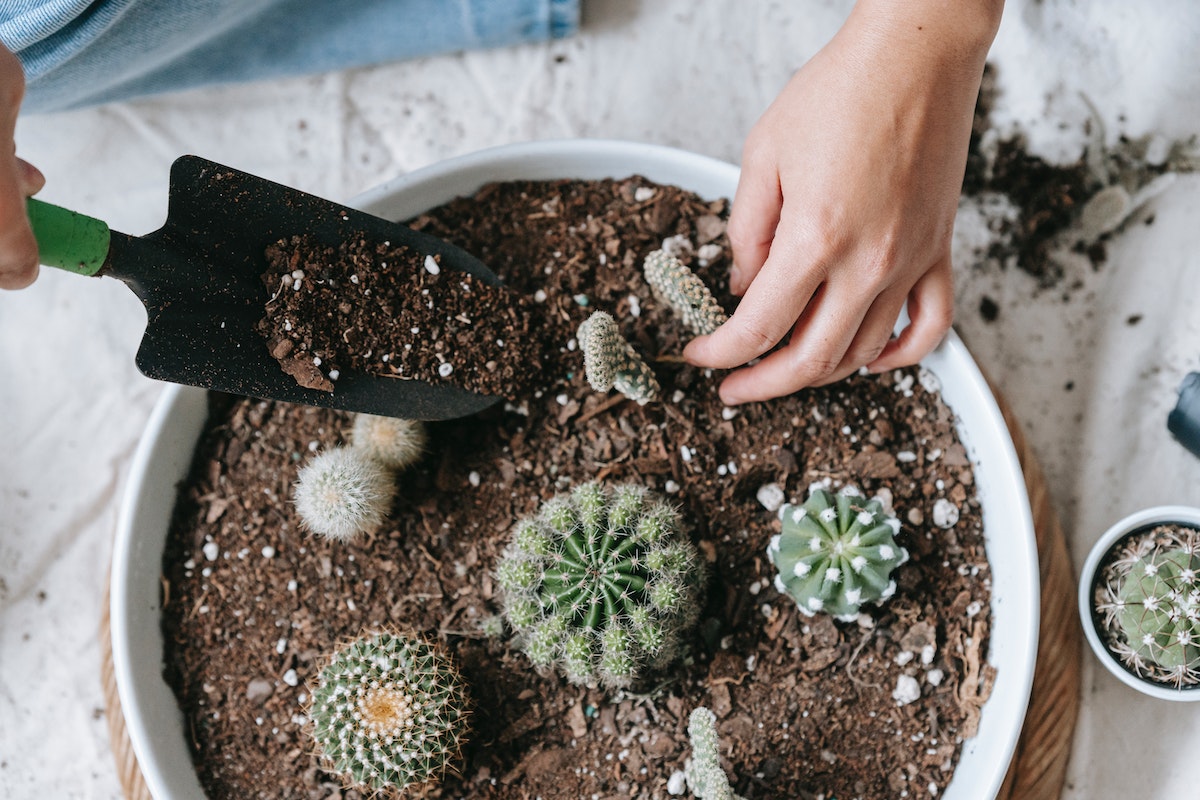- Succulents are fleshy-leaved plants perfect for indoor keeping and don’t need full-sun exposure
- A gorgeous, low-maintenance cactus mix is an excellent choice for a busy plant lover
- Keep your plants happy by allowing sunlight to help them grow, avoiding overwatering and keeping the soil nice and light
- Grow as many clones of your succulent as you want through the process of propagation.
Bringing greenery from the outside into your home will brighten up the place and rejuvenate any room. Indoor plants have been a thing for a while now, but they come in different forms, and each entails specific care.
If you’re ready to incorporate plants indoors, you should consider succulents. Why? Because they require little water and general upkeep and will get rid of toxins from the air, boosting its quality. However, you must first establish whether you can offer succulents a thriving environment at home. Plants are living beings, and you shouldn’t get one only to abandon it after the initial novelty wears off.
We’ve compiled a list of things you need to know if you plan to welcome a succulent into your home. Continue reading to learn how to care for your succulents and start growing your home garden!
What Are Succulent Plants?

Succulent plants are low-maintenance plants that come in different shapes and colors. Their defining characteristic is swollen leaves and stems. There are some disagreements about what a succulent is within the horticulture community. Still, the general consensus is: any plant that stores water in fleshy leaves or stems is a succulent.
The succulent umbrella term is host to aloe, agave, cacti, and hundreds of other plant species. However, the term usually refers to species with meaty leaves.
These plants are low-maintenance and require minimal care and conditions that aren’t too demanding, making them the ideal indoor plant.
However, unlike queen pothos plant care, for example, theirs entails a different type of soil. So, it’s not like you can pop them in a pot and be done with it! Let’s look at the growing conditions of succulent plants.
Succulent Plants Growing Conditions
Since these plants store water inside their leaves, they aren’t huge fans of humidity. Dry conditions work best if you want to see significant succulent growth. The temperature inside your home should be warm, too, since the water stored inside the succulents may freeze, resulting in leaf rot or dead succulents.
The amount of sun a succulent needs depends on the species itself. Most succulents prefer a healthy dose of 6 hours of sunlight every day. As a rule of thumb, if the climate where you live is cooler, your succulents will require more sun exposure. Vice versa, if it’s a dry and hot climate, the succulents will require more shade. Not all succulents are equal, meaning overexposure to direct sun may cause burn spots on your succulents.
Another thing you should focus on is choosing the right pot, which includes paying attention to drainage, material, and size.
Pick out a plant pot with a drainage hole to prevent overwatering. Next up is material, which includes ceramic, plastic, and wood. You may pick out a hanging basket pot, as hanging plants care tends to be easier for indoor plants.
At last, consider the size of the succulent when you pick out a pot. The plant will need room for its roots, but not too much, as succulent roots prefer being cozy.
Indoor Succulent Plant Care: Tips and Precautions
Ready to care for your garden and devote your utmost attention? Let’s dive into some nifty tips to make that happen:
Soil Nature
Getting your succulent well-draining soil is one of the key factors to taking good care of it. Succulents thrive with soil that retains just the right amount of water.
The best soil is one that contains both organic and inorganic matter. This type of potting soil drains excess water and helps with succulent care. Mixed soil that contains moss or bark, as well as clay or granite, should do most succulents just fine. You can get one of your local gardening store’s potting mixes or make your own soil. Combined with the pot’s drainage holes, it’s sure to prevent excess water and rot.
Watering Succulents

We mentioned that succulents retain water within their leaves and stems. However, this doesn’t mean that you should neglect the plants and avoid watering. Yes, over-watering will cause your plant to rot, and under-watering will dry it out. Because of this, it’s best to water succulents, then wait until the soil in the pot is completely dry before watering again.
Since succulent is an umbrella term encompassing a wide variety of different species, there isn’t an exact number or schedule on which you should base watering. On average, indoor succulents will require watering every 10 days to keep alive.
Room Temperature
Succulents prefer dry and warm temperatures. There are a few exceptions that can withstand harsh and cold winter conditions, but those species are outdoor succulents.
For indoor succulents, it’s important to keep the room you store them in warm but not too warm. Also, keep the air dry and not humid to prevent the leaves from rotting. Make sure the succulents indoors receive enough sunlight to compensate for the temperatures being cooler in winter.
Fertilizers

Most succulents are fine as is, without fertilizers, but they can be a helpful complement in certain instances. Fertilizing succulents requires a hefty amount of knowledge and experience, so we suggest that if you are a beginner, you skip fertilizing.
You need to know how much fertilizer to use, when to apply it, how frequently, and whether homemade or store-bought fertilizer is better for your specific plant. Succulents are slow-growing plants in general, so adding fertilizer isn’t going to make a world of a difference, especially if you keep their soil dry. The main point is not to overfeed while successfully growing succulents.
Propagating
If you get one succulent, the good news is: you can replicate that succulent as many times as you want by propagating and growing succulents on your own. The only thing you need is a cutting from the succulent. There are two ways that you can propagate and keep succulents alive – with soil and with water.
To propagate with soil, you need a pot full of soil and a cutting from the succulent, which has grown a callus on the part it was cut from. Just place the cutting in the soil and water it. With time and patience, you’ll receive a brand-new succulent.
To do this with water, you will need the cutting that has a callus and a container with water. Place the callused part in the water and leave the rest of the cutting above without getting it wet. If you have trouble doing this, put saran wrap over the top of your water container and make a hole for the cutting. Once it has grown healthy roots, the succulent is ready to be potted in soil.
Use of Pesticides
The bad thing about succulents is that they do get pests. They most often get mealy bugs and spider mites. Getting rid of these bugs can get complicated because they are quite small and inhabit hard-to-reach places. Regularly inspecting your succulents can help prevent or get rid of these pests and maintain succulents alive.
If your succulent has gotten infested, you can use pesticides on it. However, be sure to choose ones that won’t do damage to the succulent itself. Miticides for mealy bugs and chemicals like imidacloprid will take care of the pesky bugs while leaving your succulent intact. However, be careful while experimenting with these compounds and always follow instructions.
Conclusion
After taking everything into consideration, we can confirm that succulents are a great starter plant, as well as classic houseplants for people already making use of their green thumb!
The low-maintenance plants allow you, as an owner, to focus on other obligations while they continue to thrive and make your living space a gorgeous green utopia. To keep them happy, you need to avoid overwatering, keep them at a safe temperature and allow them to bask in the sunlight for them to grow.
It’s no wonder they’ve been an in-demand indoor plant for the past few years – they’re a stellar addition to any home and plant collection. Choose from varying sizes, shapes, and colors and create the ideal indoor garden that will last you years if taken care of properly!
FAQs
1) How often do you water a succulent?
It truly depends on the species. As a rule of thumb, you should water your succulent every 10-20 days if the soil in the pot is dried out, to care for succulents.
2) Do succulents need direct sunlight?
Some succulents do well in direct sunlight, but some get nasty burn spots. To prevent this from happening, keep your succulents in low-light settings. That way, they get the required light, but not enough to cause damage.
3) Is it safe to put rocks around succulents?
Yes, and it is encouraged! Putting rocks around your succulent will keep the soil in place while you’re watering. Plus, they will complement the succulent, making its colors pop! Rocks can also aid you in identifying pests such as mealy bugs.

